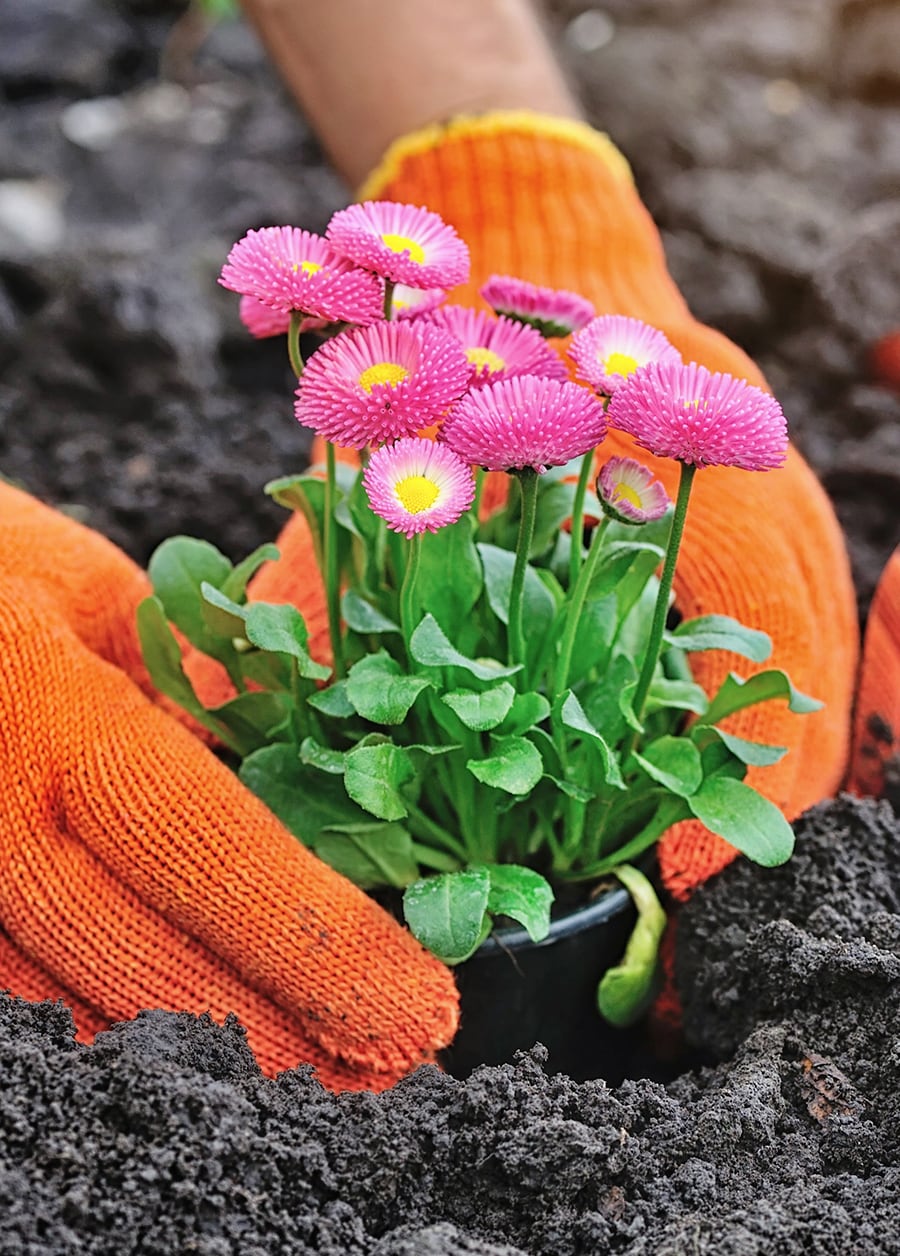Special Awareness Days
June 17th- World Juggling Day

Ready to Order?
If you are ready to order, please contact Customer Service:
Telephone: 1 (800) 361-6128 Fax: 1 (800) 563-9196
Introduction
Did you know that the earliest record of juggling objects dates back to at least 2000 BCE?
World Juggling Day falls on the Saturday closest to June 17 to commemorate the anniversary of the foundation of the International Jugglers Association (IJA) in 1975. The International Jugglers’ Association was founded on June 17, 1947. First celebrated around the mid 1980’s, this special day was created to celebrate the art, history, and science involved in juggling. In 1995 the name was changed to World Juggling Day to recognize the global reach of the International Jugglers Association.

Grades K-2
Hand Eye Coordination, Music, Dance
Teacher Note: At this age, children do not usually possess the hand-eye coordination skills required for ball juggling. In order to promote hand-eye coordination and teach basic juggling at the same time, try using lightweight scarves. Gauzy, see-through scarves are perfect but other scarves can work too. You may wish to check with your school board resources as they may have a kit for this purpose. If scarves aren’t available, you can use beanbags. This activity is best done in the gym or outside (if it is not too windy).
Watch this how-to video before attempting this activity.
Gather students and ask:
- Have you ever seen anyone juggle? Where? What did they use?
- Can you describe what juggling is all about?
Explain that juggling is not easy so it is important to start out by just tossing and catching. Review the following basic steps:
- Start with one scarf/beanbag and toss it in the air and catch it. Try catching with two hands; then one; then throwing with one hand and catching with the other; then progress to throw, clap, and catch, etc.
- Once this is mastered, they can try to introduce a second scarf and toss and catch one, then two. Remind them to toss to just above their head and watch right in front, not their hands. Try the cross over: toss with one hand, catch with the other. Then introduce the second scarf.
For an additional fun scarf activity, watch this video and try it out.
Invite students to add some music and perform a scarf dance of their own, incorporating some easy juggling skills. Encourage them to videotape their experience. Check in with the jugglers at a later date and share!
Grades 3-5
Concentration, coordination, cooperation, persistence
Teacher Note: This is best done in the gym or outside. You will need beanbags or medium-sized balls that are easy to catch and throw.
Ask:
- Have you ever seen anyone juggle? Where? What did they use?
- Have you ever tried juggling? What did you use?
- Can you describe what juggling is all about?
Explain that juggling takes coordination, patience and skill.
Have students participate in a “group” juggle. Form groups of 6-8 and introduce the activity:
- The group stands in a circle with one person holding the ball or beanbag. This first player throws the ball to another player in the circle who in turn throws it to someone else.
- The tosses continue until everyone in the circle has received and tossed the ball once and the ball has come back to the first player. Players make a point of remembering which person they received from and which person they tossed to.
- Explain that they have just established the pattern that they will now repeat:
- Each player always receives from the same person and then always tosses it to the same person.
- Another way to help students visualize the pattern is to explain that the ball always travels the same route, passing through the same sequence of players.
- The objective is for the group to cycle continuously through the toss sequence, without dropping or pausing (since the pattern has the same start and end point, it can repeat endlessly).
Start slowly, and then increase speed. Once the students have a comfortable rhythm of catching and receiving, introduce another ball. Add a third.
For maximum challenge, try adding a ball that travels backwards!
Encourage students to try teaching this activity to family and friends. Challenge them to add even more objects and go faster!
Source: https://www.dramanotebook.com/drama-games/group-juggle/

Grades 6-8
Concentration, coordination, cooperation, persistence
Teacher Note: This activity is best done in the gym or outdoors. Juggling balls are best but beanbags work too.
You may wish to have three balls or beanbags at the front of the classroom for a volunteer to try as you view the video below.
Ask:
- Have you ever tried juggling?
- What did you use and why?
- Have you ever seen anyone juggling? Where? What did they use?
Explain that they are going to learn how to juggle 3 balls in 20 minutes.
Invite a volunteer to demonstrate each step as you watch a how-to-juggle video, stopping at various points to let the volunteer grasp the concept. The first part of the video requires no equipment so everyone can take part. Replay the video if necessary, asking for a different volunteer.
Watch the video here.
Once the video has been seen a couple of times head to the gym or outside and PRACTISE!
The basic steps in the video were:
- Use 3 balls or beanbags of equal weight. Do NOT use tennis balls as they can get away from you too easily!
- Assume the correct stance: feet shoulder-width apart, knees bent.
- Practise the scoop motion small waist high arcs up and around, one hand then the other.
- Using one ball, practise the scoop motion until it feels comfortable. –under from side to side with one hand and then the other.
- Don’t look at your hands. Watch the ball at eye height, or top of the arc. Keep the ball at a consistent height.
- Add a second ball when you feel comfortable. Throw and catch with the same hand(s)
- Then try scooping and throwing with one hand (dominant) and catching with the other.
- Alternate hands and use your less dominant hand.
- Add the third ball, holding two balls in your dominant hand and one in the other. Using the scoop method, keep practising!
Encourage students to keep practising and adding more moves. Challenge them to share their talent in a school assembly. Add some music and create a routine!






